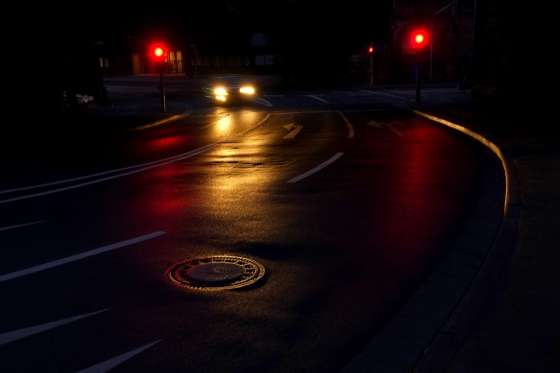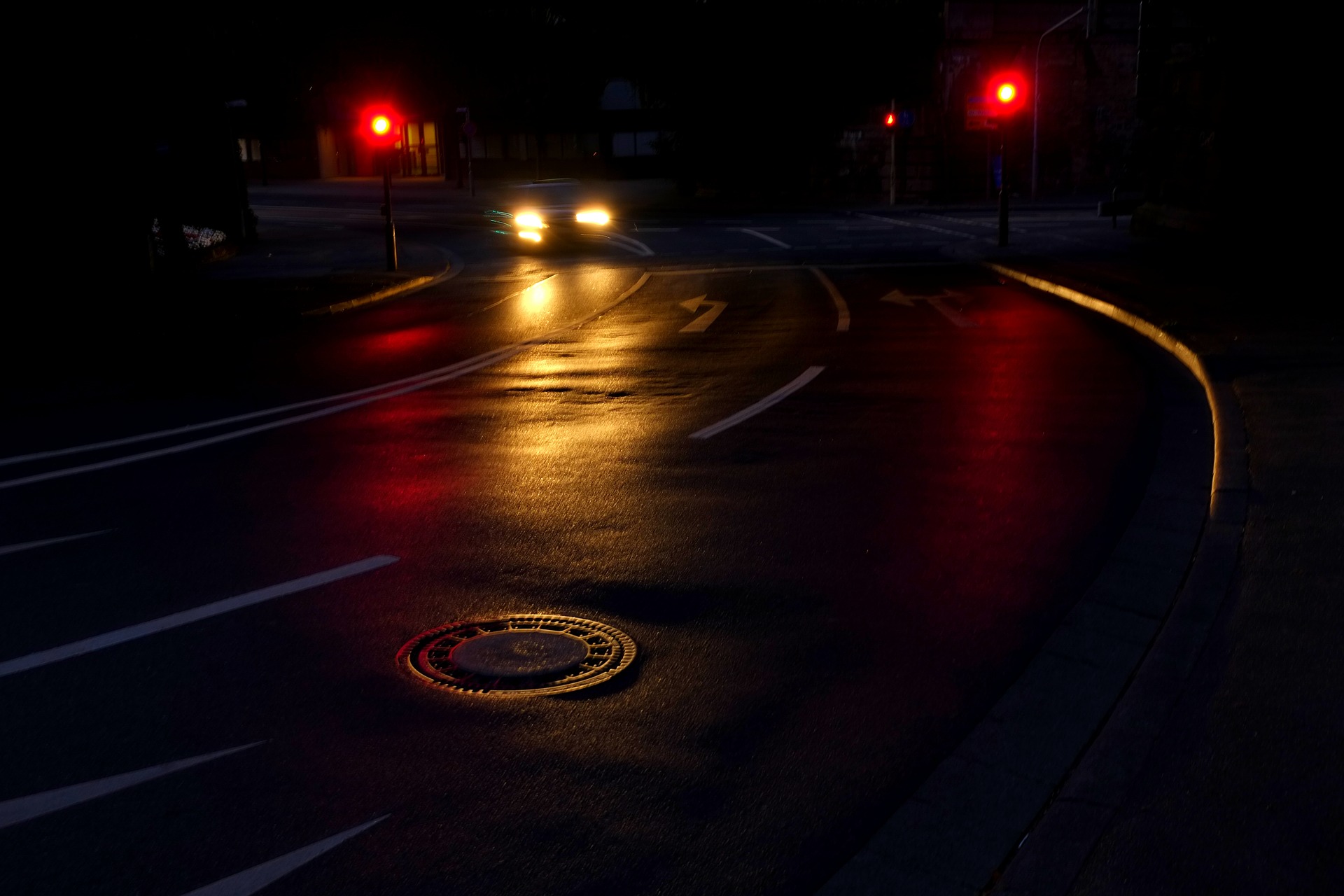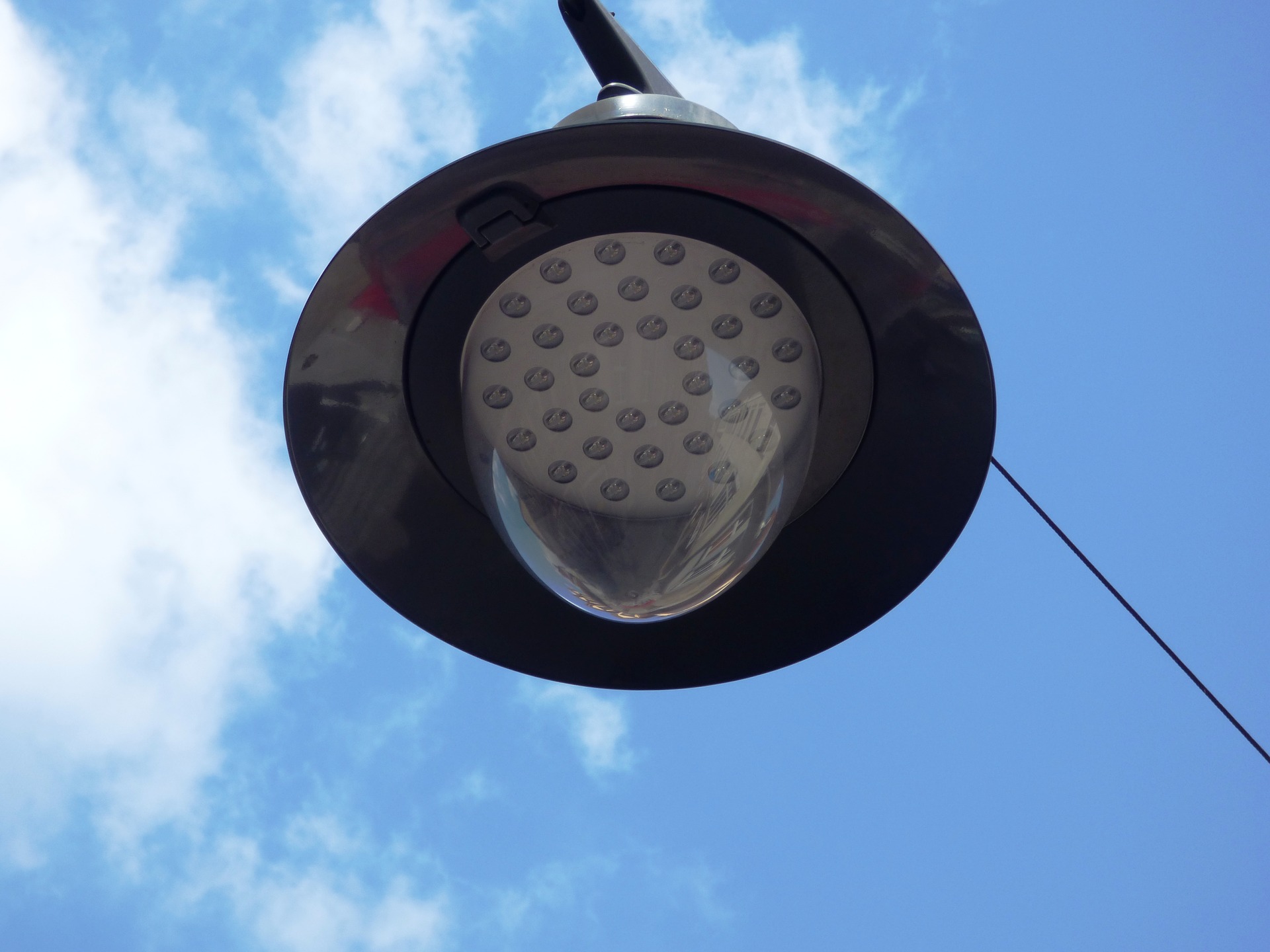Why Do Councils Turn Off Street Lights?
If you happen to be on the streets during the late evening or the early hours, you may have noticed street lighting either dimming significantly or turning off altogether.<br /> <br /> Typically councils will turn off streetlights between 12pm and 6am, but some are now resorting to switching off

If you happen to be on the streets during the late evening or the early hours, you may have noticed street lighting either dimming significantly or turning off altogether.
Typically councils will turn off streetlights between 12pm and 6am, but some are now resorting to switching off even sooner, with some areas being plunged into darkness as early as 8pm.
Some people fear that the reduction in lighting in our streets is making them more dangerous, with speculation that crime and road accidents will increase without the reassuring guidance that street lights can offer.

So, why do councils turn off street lights?
The main reason why councils are choosing to turn off street lighting is in an effort to save money and reduce the costs that having lighting on permanently incurs. With many councils being hit with financial challenges and the struggle to balance money effectively, it is necessary to save money where they can, so turning off street lighting while most of us are tucked up in bed or relaxing in our living rooms is an obvious place where money can be saved.

What are the different types of street lighting that councils provide?
High pressure sodium streetlights were introduced in 1970 and have since become a staple choice for city lighting up and down the country. They gained widespread attention and acceptance because of their ability to provide good visibility in well-lit areas e.g. motorways and residential streets but since new lighting technologies, such as LEDs have been introduced, a number of deficiency’s surrounding the lighting solution have been revealed.
What are the main differences between LED and high pressure sodium lighting?
There are a number of differences between these two light sources and almost all of them reveal LEDs to be the superior choice. Firstly, LEDs are available in a wide range of colour temperatures ranging from warm yellow to white or cool blue. In stark contrast, high pressure sodium bulbs are only available in a warm yellow glow. It has been suggested that white lighting is better for visibility and concentration, making LEDs a much better choice for street lighting. LEDs also turn on and off instantly and produce light with no flicker, whereas HPS can flicker and may cycle on and off as they reach the end of their bulb life.
The most significant difference between these two bulb types though is efficiency. LEDs are highly efficient compared with any other lighting source available on the market today. While high pressure sodium lights are relatively efficient, they lose out to LEDs because their system efficiency is often much lower due to losses associated with omnidirectional light output and the need to redirect it to a desired area.
With concerns growing from councils about remaining efficient and saving money where they can, perhaps it is time for all street lighting to now be updated to more cost-efficient and safe option of LEDs.
Interested in using LED lighting at home? Check out the wide range of options available on our website.
